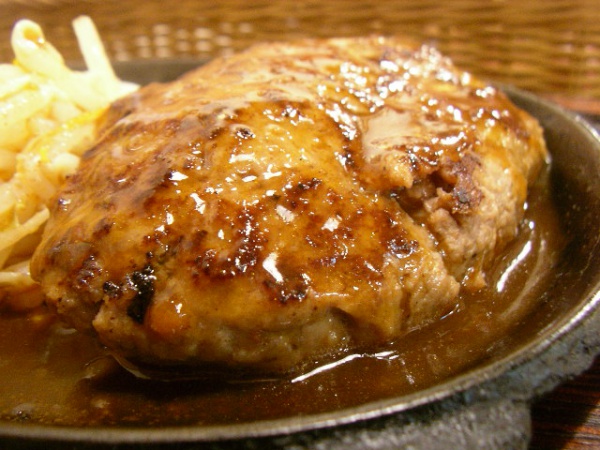Facts About Hamburg steak
Hamburg steak, essentially a ground beef patty, gained global popularity thanks to German immigrants in the early 19th century. It bears a notable resemblance to Salisbury steak. The origins of the hamburger trace back to ancient Roman times with a dish called isicia omentata. Over time, minced meat dishes like steak tartare also influenced the development of the hamburger.
The port city of Hamburg, Germany, played a critical role in the creation of the Hamburg steak. European immigrants brought the dish to the United States, where it gained popularity in New York restaurants in the late 19th century. At that time, it was often served raw or lightly cooked with onions and breadcrumbs. Eventually, the term "hamburger" replaced "Hamburg steak" leading to the many burger variations we know today. Salisbury steak, a similar dish, was created by Dr. James Salisbury around the same period.
To make Hamburg steak, you combine finely chopped or ground beef with seasonings and other ingredients such as eggs, breadcrumbs, and onions. This dish has international variations, such as the Japanese hanbāgu, which became popular in Japan during the 1960s as an affordable meat option. In Hawaii, hamburger steak is similar to hanbāgu and is typically served with brown gravy, macaroni salad, and rice in a plate lunch. In Finland, it is called jauhelihapihvi and is served pan-fried with potatoes and brown sauce.

 Belgium
Belgium